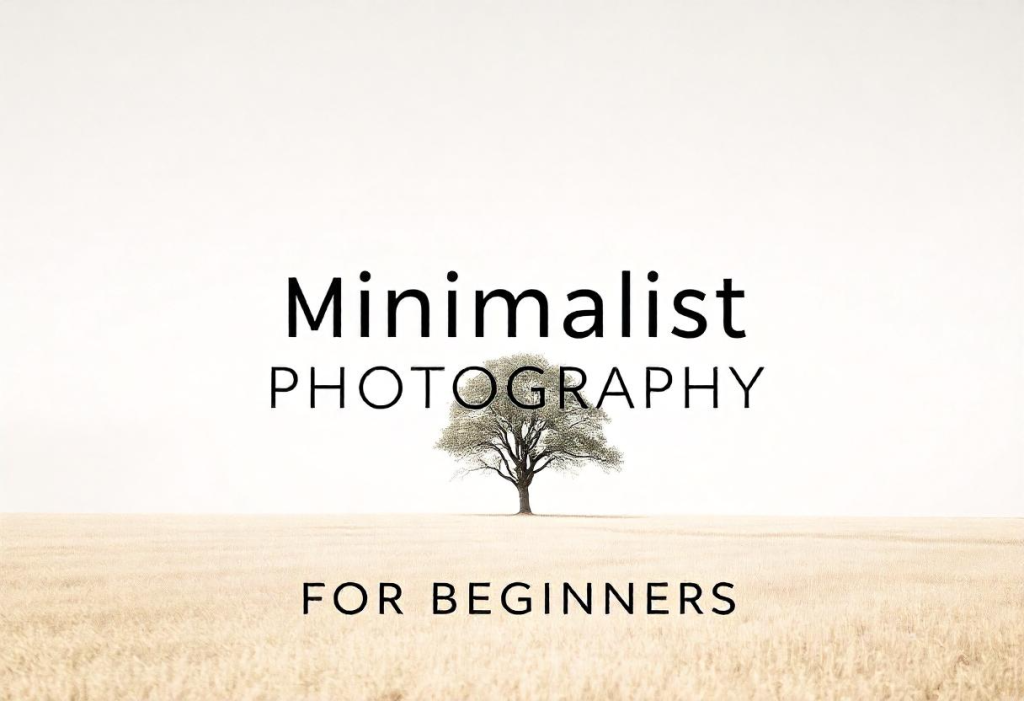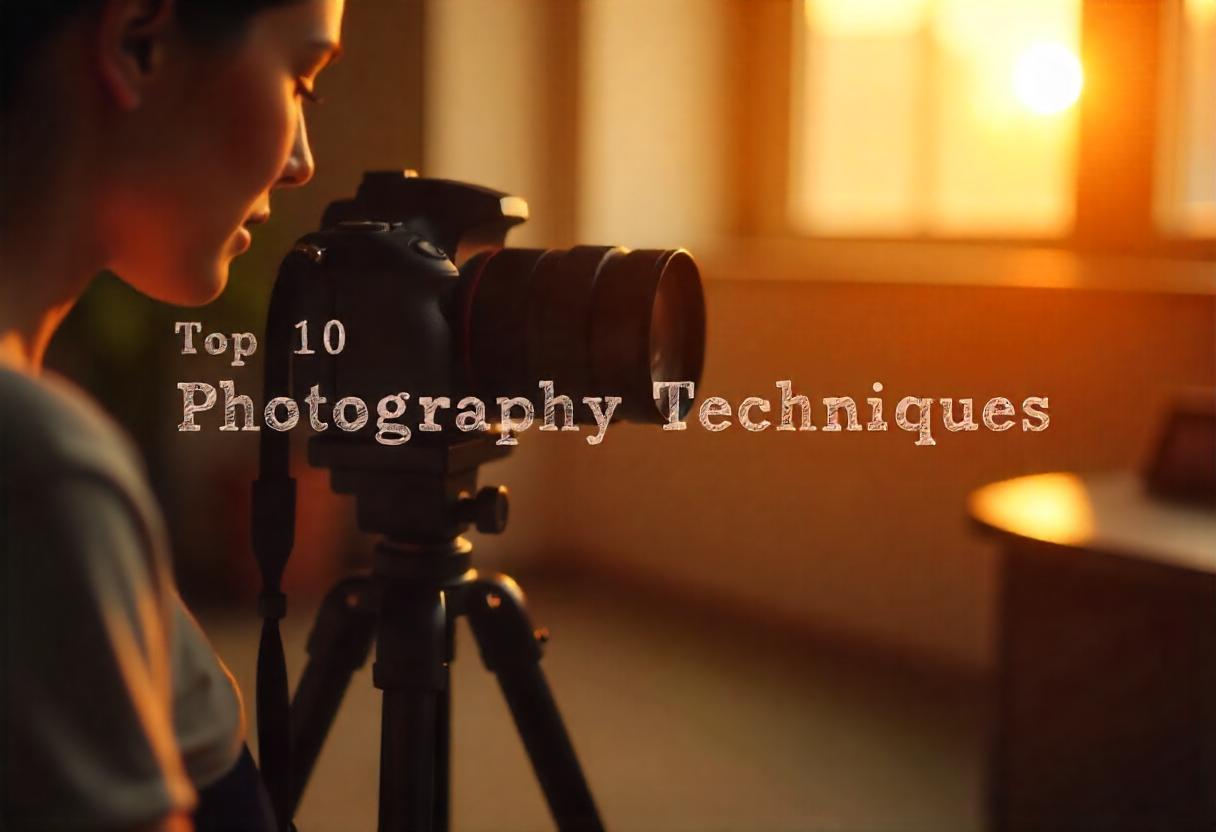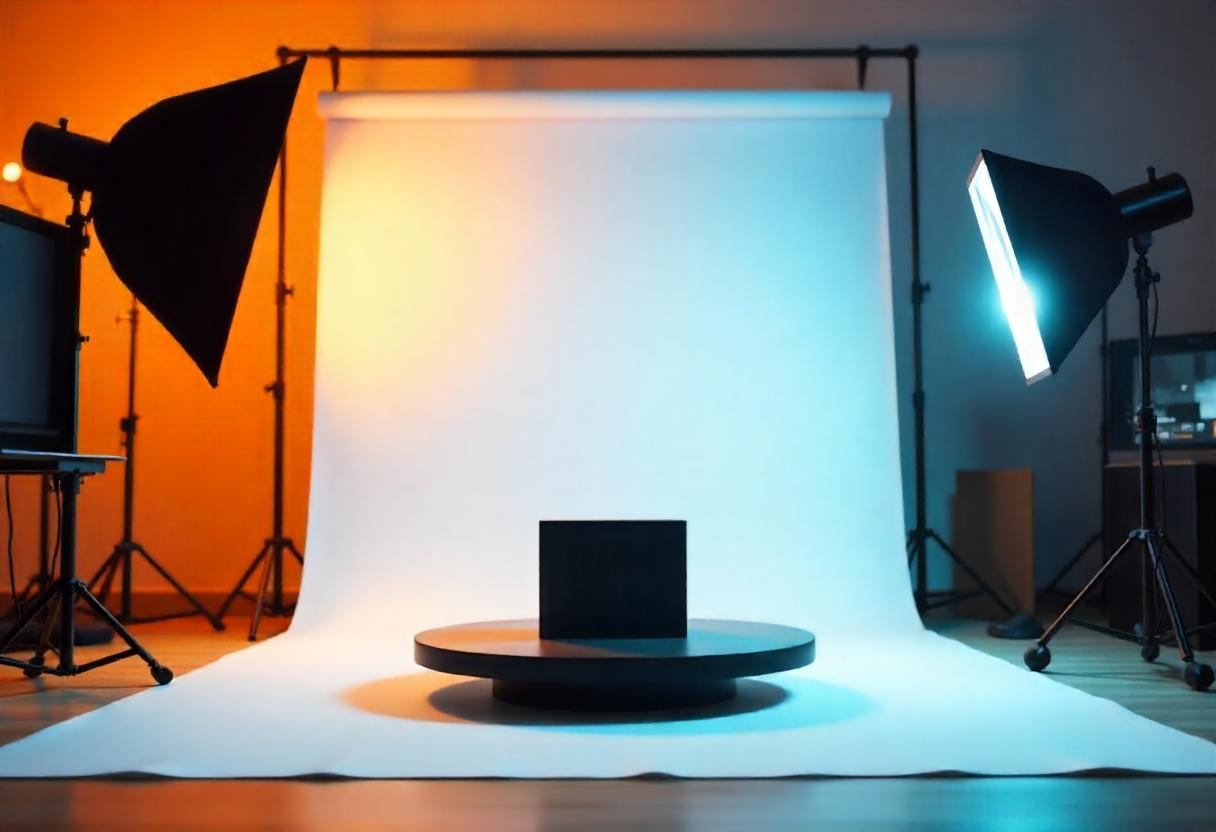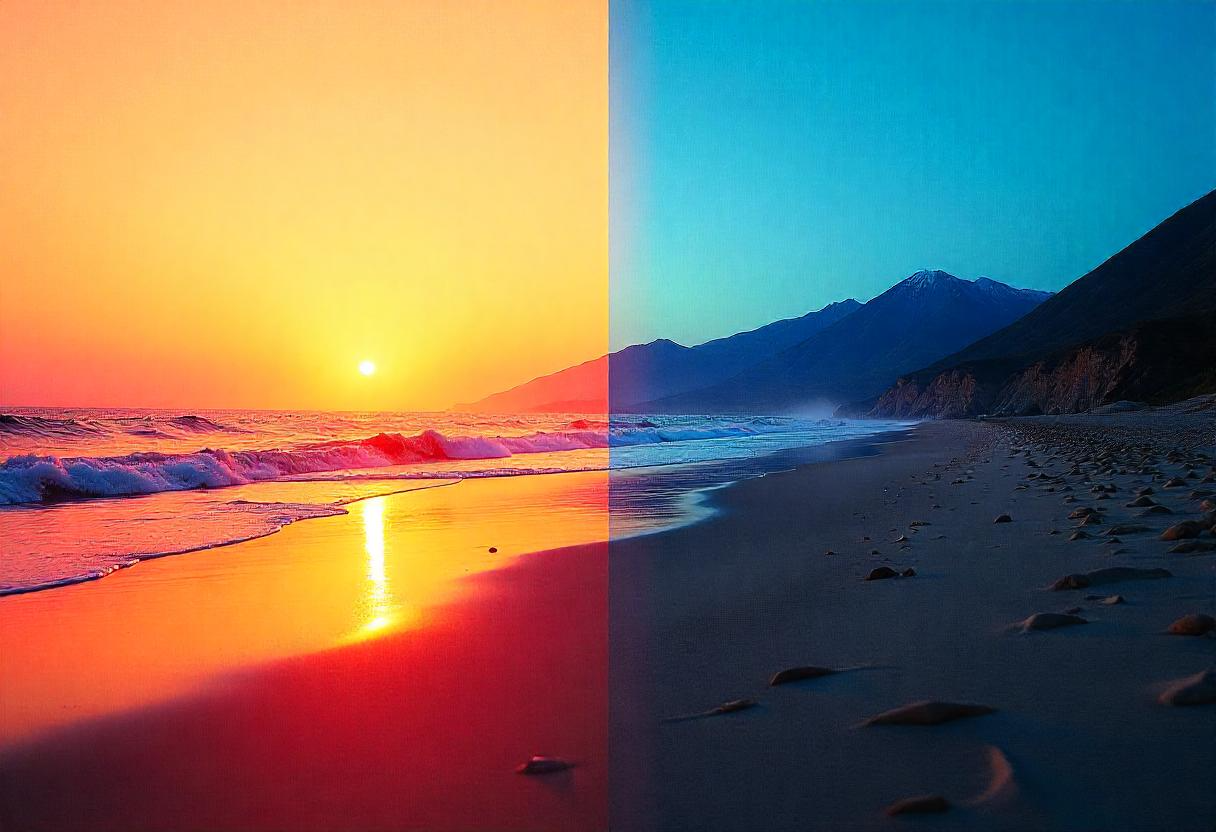Minimalist Photography for Beginners: Master the ‘Less Is More’ Approach
In the realm of visual arts, minimalist photography stands out as a powerful approach to capturing the stunning epitome of simplicity. By stripping away extraneous details, photographers can create visually striking compositions that tell compelling stories with minimal elements.
This blog dives into the fundamental minimalist photography concepts for beginners who are aspiring to pursue their Photography Course in Delhi. You’ll learn about essential elements like composition techniques, complementary colors, and the importance of scale right here.
What is Minimalism in Photography?
Minimalist photography refers to a visual art that is characterized by a supreme-level of simplicity. It focuses on the smallest number of objects that are composed in a clean and clinical manner.
This style typically features very subtle variations in colors and tones. Its main goal is to emphasize the essence of the subject. Such a minimalistic approach highlights the power of “less is more” in photography.
Key Characteristics of Minimalism in Photography
Do you want free career counseling?
Ignite Your Ambitions- Seize the Opportunity for a Free Career Counseling Session.
- 30+ Years in Education
- 250+ Faculties
- 30K+ Alumni Network
- 10th in World Ranking
- 1000+ Celebrity
- 120+ Countries Students Enrolled
Minimalist photography is defined by numerous key characteristics that distinguish it from all other styles. These elements work together to create a cohesive and impactful visual experience for the viewer.
- Limited Colors: A restricted color palette is used to create a cohesive and simple visual experience. This often involves using complementary or bold colors to create visual impact.
- Shapes and Lines: Incorporating geometric shapes and clean lines adds structure and visual interest to the image. Understanding the definition of line photography serves as a vital backbone for creating compelling minimalist compositions.
- Textures: Adding subtle textures within the image adds depth and fascination without overwhelming the composition. This is particularly important in photography that involves minimalist architecture, where the light interplay and shadow on architectural details can create striking visual effects.
- Negative Space: Employing ample empty areas in the image creates balance and draws more profound subject attention. This spacing incorporation is a key element that can be used to develop a sense of scale and isolation.
- Simplicity: The overall composition simplicity helps to focus the attention of the viewers on the essential image elements, further enhancing its impact and clarity.
- Focus on Subject: Minimalist photography often centers on a single subject, which allows for a clear and powerful visual message.
- Clean Composition: The clean and uncluttered composition serves as a hallmark of minimalist photography, such as Macro Photography. This contributes to a sense of calmness and order.
Read Also: Top 7 Photography Genres You Can Master with the Right Course
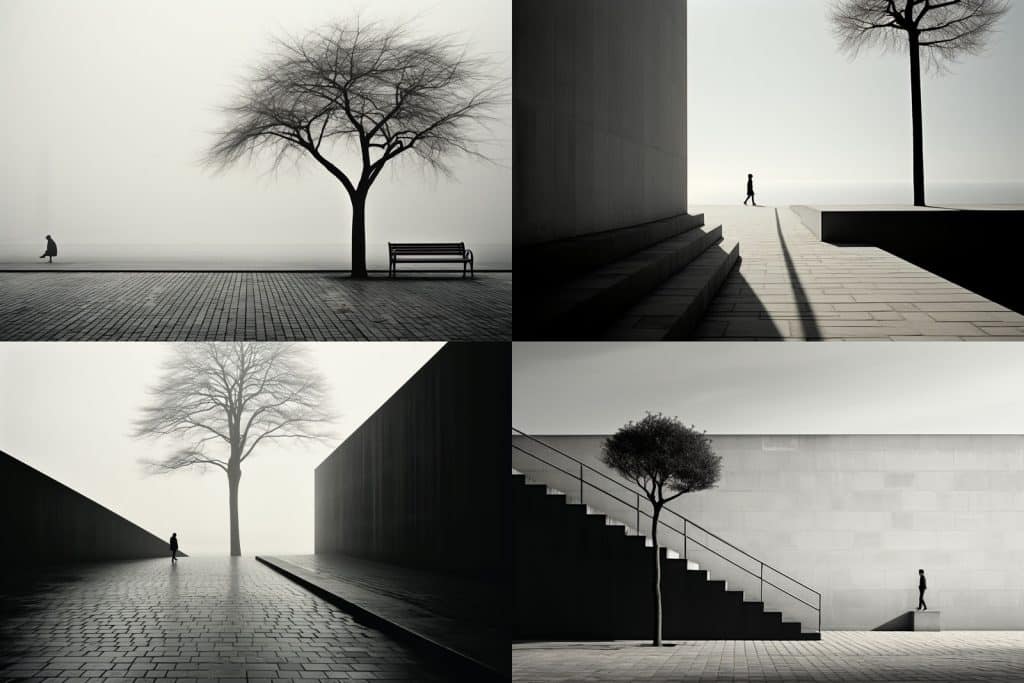
How to Capture the Perfect Minimalist Photograph
As mentioned earlier, capturing the perfect minimalist photograph involves simplicity optimization and its essential elements. Here are some key tips to help you master this art form in addition to the Photography Course in Delhi:
Book Now →
1. Less is More
Although “less is more” might oversimplify minimalism, the focus in minimalist photography is usually on a single subject. Everything else in the image should draw attention to or enhance the main subject. Deciding what to include is crucial; avoid unnecessary distractions by adjusting your angle or position. If there are multiple interesting elements, choose the one that best conveys your message.
Read Also: The Role of AI in Revolutionizing Modern Photography
2. Composition is Everything
To successfully pull off minimalist photographs, you must understand how to compose a strong image. The Rule of Thirds (placing your subject off-center) is a good starting point. Some of the other compositional tricks include using leading lines, framing, or subject isolation with a shallow field depth. These techniques help create compelling minimalist compositions.
Do you want free career counseling?
Ignite Your Ambitions- Seize the Opportunity for a Free Career Counseling Session.3. Include Plenty of Negative Space
Negative space, or the empty areas around your subject, helps draw attention to the subject and emphasizes shapes and sizes. This space creates a sense of balance and can make the subject appear more isolated and significant. When studying examples, notice how photographers, post-completion of their Photography Course, use negative space to enhance the subject’s impact and create a sense of calmness.
4. Use Colors, Patterns, and Textures
Employ a limited palette of colors, patterns, and textures that complement or contrast each other. Bold combinations can create striking images, like a bright sunflower against a weathered plank. Subtle textures add depth without overwhelming the composition, especially in minimalist architecture photography, where light and shadow play a crucial role.
Read Also: Macro Photography: Discovering a World of Tiny Wonders
5. Lines Lead the Way
Use leading lines to direct the eyes of the viewers to your subject part. Vertical lines or horizontals can add depth and navigate the viewer’s focus, whether it’s the tree rows or a track of a train. Depending on their orientation and frame placement, these lines can also convey a sense of movement or stillness.
6. Find Inspiration in Everyday Life
Look for interesting patterns, reflections, or subjects around you that are entirely isolated, such as shadows and light reflections. Keep your camera intact and create a keen photographic eye to spot these opportunities everywhere. Remember that inspiration can come from the most unlikely places, such as a single drop of condensation, a rose petal or a fascinating reflection in a water puddle.
7. Focus on Your Subject
In minimalist photography, the subject must be compelling as it takes on greater importance. Isolate interesting subjects to give viewers space to imagine their own stories. Without other figures or compositional elements in the foreground or background, the subject has to grab the audience’s attention and hold it.
Read Also: How to Build a Successful Career in Photography: A Complete Guide
8. Pay Attention to Composition
Compose your photo in the viewfinder carefully to make sure that every element is important. Try experimenting with removing different elements to assess the balanced composition. Use the rule of thirds as a guideline, but don’t be afraid to break it if it serves your artistic vision. The goal is to create a composition that you feel is right for you and communicates your message in an effective way.
9. Decrease Field Depth
Use a shallow field depth to blur the background and keep the viewer’s attention on the subject. This can be achieved through aperture widening or increasing the camera and the subject distance. A blurred background can create a bokeh effect, which can turn points of light into soft, out-of-focus circles, adding a dreamy quality to the image.
10. Experiment with Different Exposures
Control the shutter speed and aperture to control light and exposure. Higher exposure can create a field of white, accentuating the subject against a minimal background. Bracketing (taking multiple shots) at different exposures, provides you with better options during editing. This technique can help you find the perfect light and shadow balance to uplift your minimalist composition.
Read Also: How to Become a Professional Photographer: A Step-by-step Guide
Final Thoughts!
Minimalist photography proves that “more the less, the less is more.” By mastering simplicity and incorporating negative space, aspiring photographers wishing to pursue the Photography Course in Delhi can craft impactful images that resonate with viewers deeply.
Whether you are capturing serene landscapes or intricate textures, minimalism displays the beauty of essentials.
So, start experimenting today—strip away distractions, emphasize the focus subject, and let your creativity bloom through the extreme minimalism of distractions. With practice, you’ll find endless possibilities in the art of doing most with the least.
For more information or if you are looking to enroll in any of our Photography Course, such as B.A. in Still Photography, connect with our AAFT team today!

AAFT has been providing the world with limitless creativity and expression since 1993! Through a dynamic and industry-driven curriculum, AAFT provides engaging and captivating articles to persuasive blogs and empowers its readers to explore diverse avenues of creative media education-related content.


